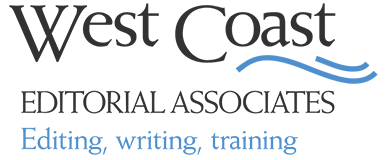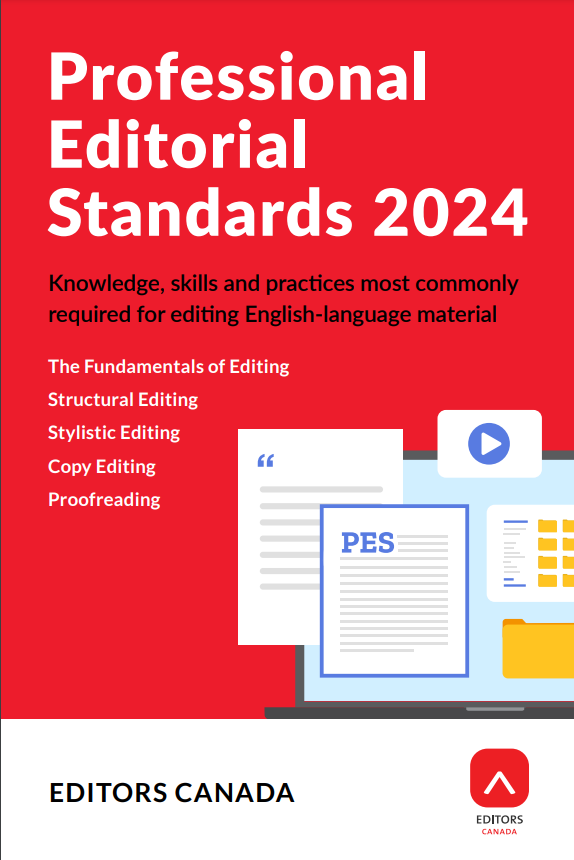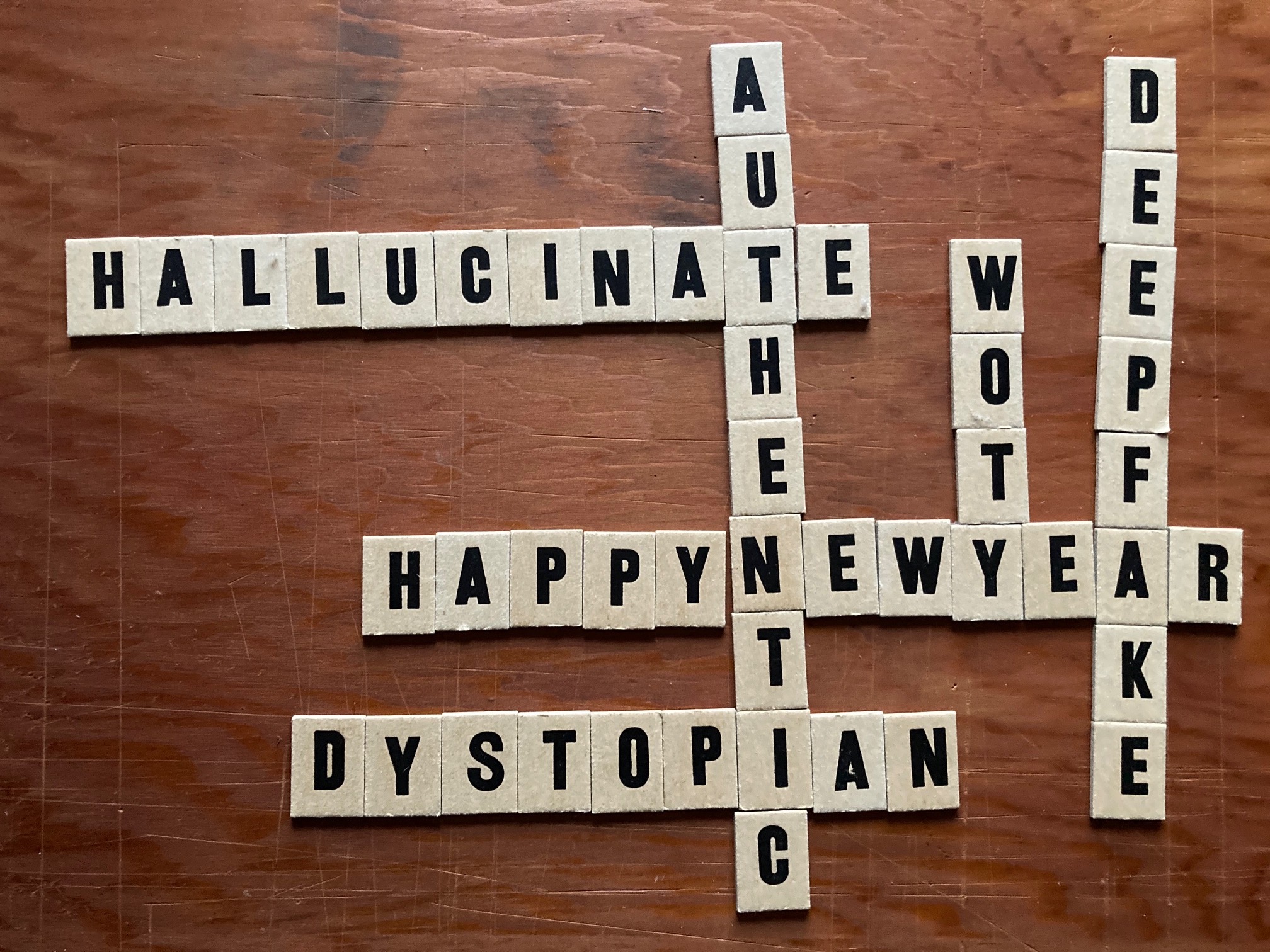Editors Canada's updated Professional Editorial Standards move our profession forward.
Cut and paste—collage as thinking tool
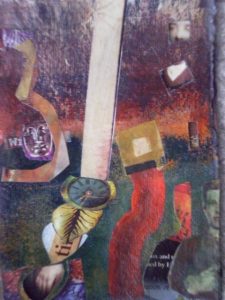
When I taught business writing, I found many participants grew weary of the “do-the-exercise-discuss-with-your neighbour” training model. Because the course covered a range of strategies for page fright, I hoped that at least one of them would stick. Enter collage.
Part way through one session, I handed teams of participants an envelope containing a batch of sentences on single slips of paper. I asked the teams to organize the sentences into groups of similar information and tape them to flip chart paper. Teams then had to write an informative heading for each group of information, ending up with a one-page profile of their corporation.
Apart from getting people up and moving, the exercise really brought home that good business writing isn’t about writing one fully formed idea after another—a crippling perception held by many participants. Good business writing often involves getting your ideas down quickly, then cutting and pasting them into an order that meets your communication goal.
When I told participants that “collage writing” has been used as a legitimate writing tool for decades, it was a revelation. And collage essays like David Hood’s have now found their way into the blogosphere as conveyor of both information and expression.
But why is moving pieces of paper around and sticking them down such a useful thinking tool? As educators know, people generally learn in three ways: by seeing, by listening, or by doing. Writing training is usually heavy on the first two with only a little of the last one. Throwing a different kind of doing activity into the mix really enhances the learning experience.
Best-selling contemporary romance writer Jenny Crusie uses collage as a prewriting tool. If Dogs and Goddesses is any indication, her collages take her into some unusual romance territory—with some intriguing collaborators.
In my other life as an artist, I’ve used collage to initiate painting ideas. But I’ve also found it a powerful tool for solving thorny editorial problems, especially when faced with a daunting substantive edit or rewrite. There is something about the process that refreshes the brain (or mine, at least). A quick collage session can often break an editorial log jam.
So how can you take advantage of collage (without falling into the “I-have-to-be-an-artist” trap)? Try this:
- Find a clear horizontal surface (I know, easier said than done). One end of a kitchen counter or the dining room table works well. Get a glue stick, scissors, and a blank piece of paper.
- Choose three collage elements: something with a pattern, something with an image, something small and unrelated to the other elements. (Wrapping paper, magazines, and newspapers are good sources.) Make quick choices, tearing and/or cutting out the pieces. If you want to use more pieces, go for it. You may find yourself choosing images related to whatever editing project you are working on.
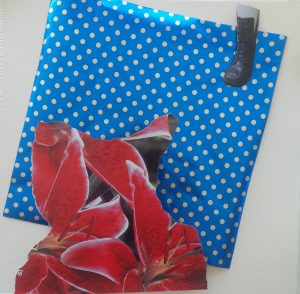
- Add some text and rearrange the pieces. You can keep moving the pieces around, but avoid agonizing. Paste them down.
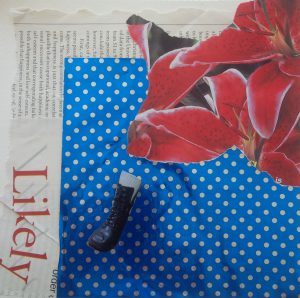
- Cut or tear your collage up into strips or pieces and move these around into different arrangements. You are done and ready to return to your desk (or start another collage!).
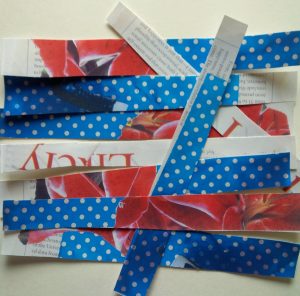
Breaking free from your keyboard to whip up a quick collage shouldn’t feel like a guilty pleasure. Consider it an editorial respite—a creative infusion as stimulating as a cup of lapsang souchong.
